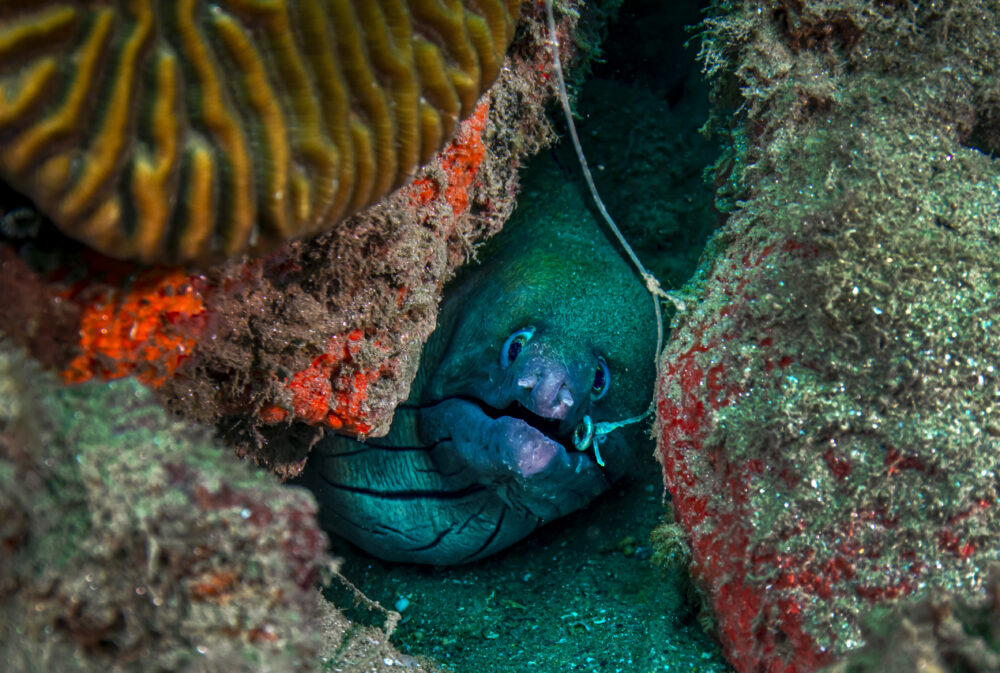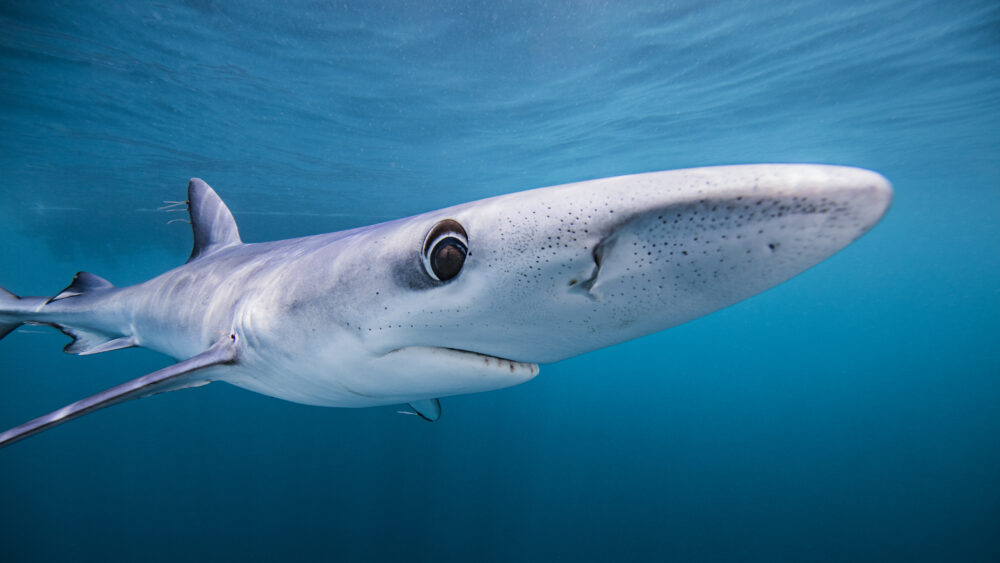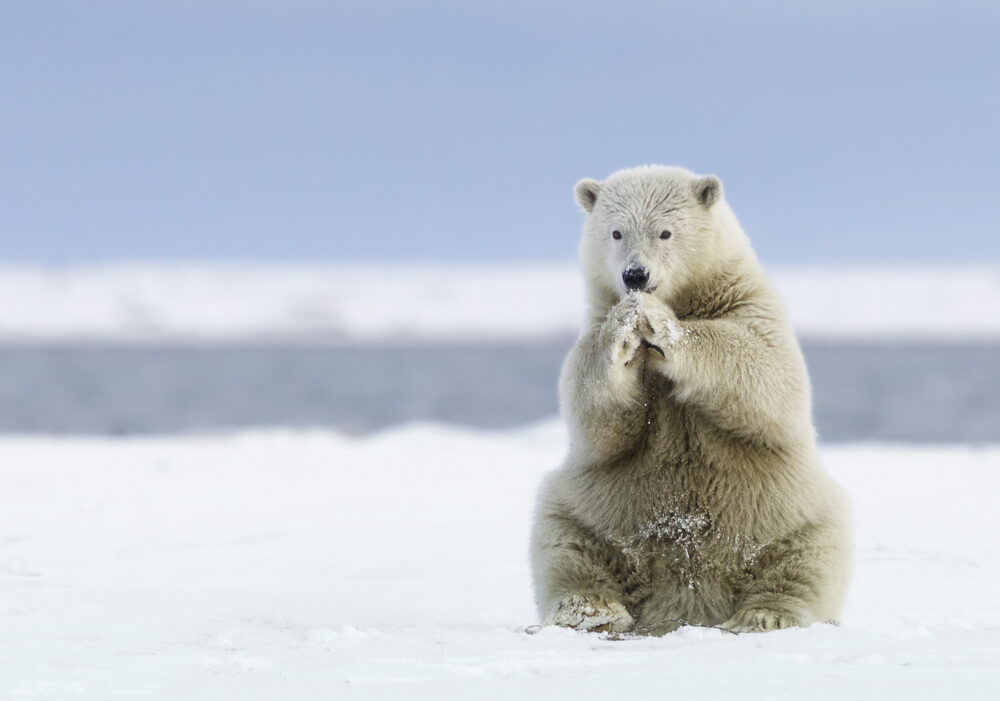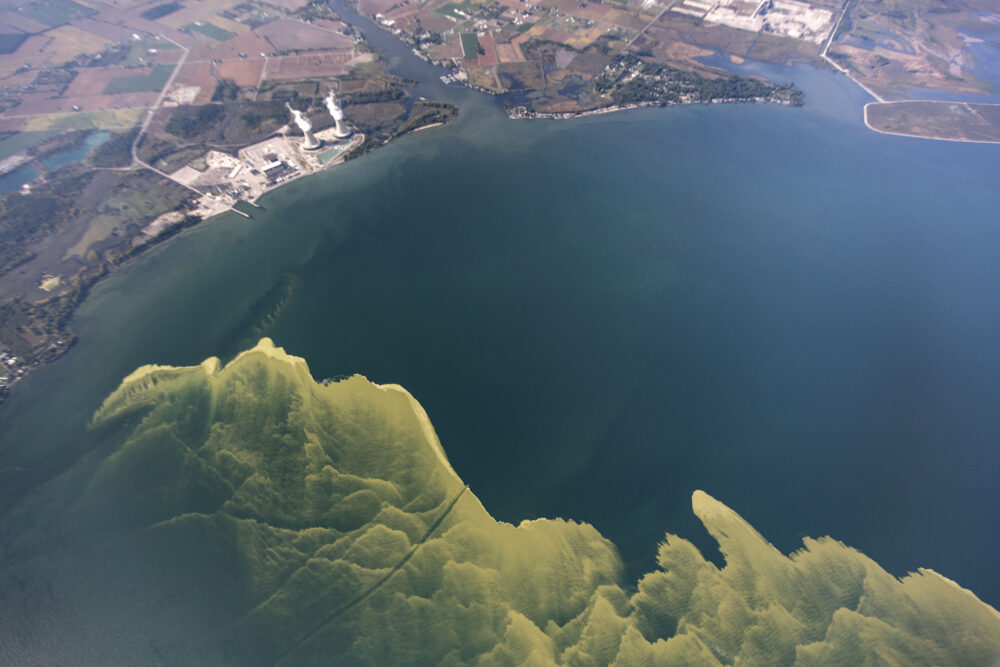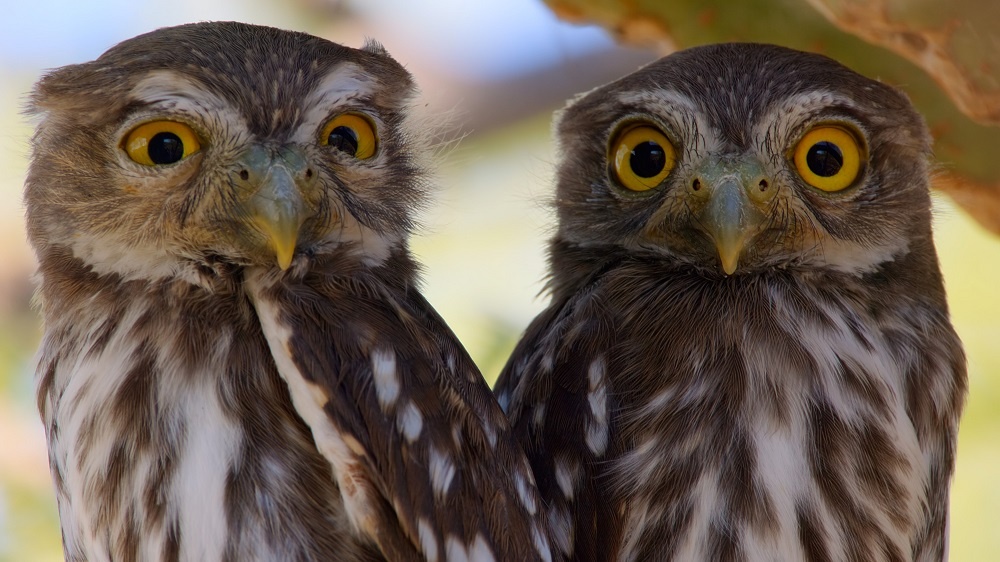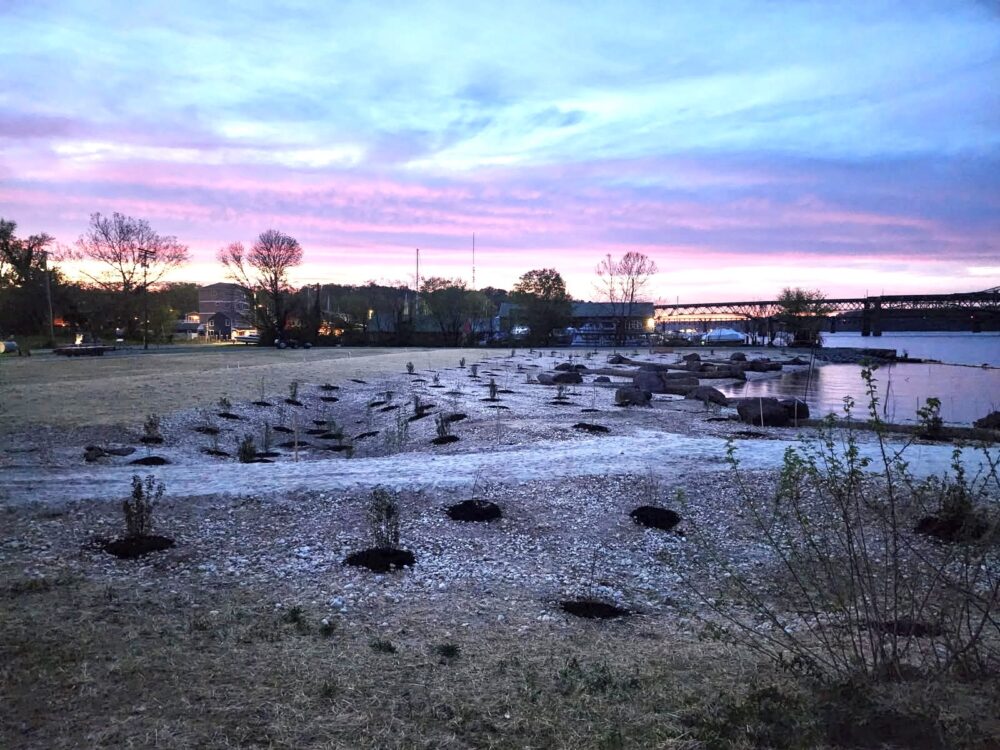We have much more to do and your continued support is needed now more than ever.
Gulf Restoration Tour Finishes on a High Note!
405 Volunteers + 3,240 Hours of Hard Labor = Tireless Dedication and Commitment to the Gulf’s Precious Places.
While BBQs, beach outings, and parades were in full swing Memorial Day weekend, National Wildlife Federation’s committed network of volunteers were knee deep in muck in wetlands working hard to show their dedication to helping wildlife and protecting our public lands. Wrapping up our Spring Gulf Coast Restoration efforts to help wildlife and habitat impacted by the Gulf oil disaster, we ended on a high note, with our biggest, wettest, hottest event yet! [youtube]http://www.youtube.com/watch?v=LCUAYE6GDIE[/youtube] Allow me to take you through our Gulf Coast Restoration Tour as National Wildlife Federation, our Louisiana and Florida Wildlife Federation affiliates, hundreds of dedicated volunteers from around the country, and local Land Managers and Park Rangers diligently worked together to restore and preserve lands affected by the oil spill across the Gulf of Mexico. Here’s what our wonderful volunteers have achieved:
Built a Quarter Mile of Oyster Reef in Mobile, Alabama
 Kicking off the first event with chilly, overcast conditions on January 22nd and 23rd, over 500 volunteers from Alabama and across the country came together in Mobile bay to foster the beginnings of oyster reefs. 16,000 bags of oyster shells were carefully dispersed along the shore with the goal of building 100 new miles of oyster reefs and 1000 miles of replanted marshlands along the Gulf in Alabama to make Alabama’s coastal areas more resilient to impacts from hurricanes, oil spill accidents, and climate change. The work was the result of a collaboration of more than 20 public and private partners including National Wildlife Federation, Nature Conservancy and NOAA.
Kicking off the first event with chilly, overcast conditions on January 22nd and 23rd, over 500 volunteers from Alabama and across the country came together in Mobile bay to foster the beginnings of oyster reefs. 16,000 bags of oyster shells were carefully dispersed along the shore with the goal of building 100 new miles of oyster reefs and 1000 miles of replanted marshlands along the Gulf in Alabama to make Alabama’s coastal areas more resilient to impacts from hurricanes, oil spill accidents, and climate change. The work was the result of a collaboration of more than 20 public and private partners including National Wildlife Federation, Nature Conservancy and NOAA.
Restored Native Ground Cover at Bald Point State Park
 Next, volunteers gathered at Bald Point State Park on Florida’s Gulf Coast. Park Ranger Kevin Patton introduced us to our work site for the next two days and we successfully worked in teams and planted 5,000 wiregrass plugs and disperse a dozen bags of seed. Bald Eagles and other migrating raptors, along with monarch butterflies use this area to rest before continuing south for the winter. It is imperative to keep these lands healthy. Additionally, the Florida Wildlife Federation gathered signatures to petition for a constitutional amendment to prohibit oil and gas drilling in Florida’s near-shore waters.
Next, volunteers gathered at Bald Point State Park on Florida’s Gulf Coast. Park Ranger Kevin Patton introduced us to our work site for the next two days and we successfully worked in teams and planted 5,000 wiregrass plugs and disperse a dozen bags of seed. Bald Eagles and other migrating raptors, along with monarch butterflies use this area to rest before continuing south for the winter. It is imperative to keep these lands healthy. Additionally, the Florida Wildlife Federation gathered signatures to petition for a constitutional amendment to prohibit oil and gas drilling in Florida’s near-shore waters.
Restored Dunes to Protect Nesting Wildlife at Perdido Key State Park
Next up, dune restoration in Perdido Key, Florida! Joined by over 75 volunteers including the US Navy and Air Force at Pensacola, combed the beach to protect the critical habitat of residential and migratory nesting wildlife such as turtles and birds! As the oil washed up on miles of beaches along the Gulf Coast, Perdido Key, home of the endangered Beach Mouse felt heavy impacts. Volunteers worked as temperatures reached the high 80s to rebuild and protect an important dune boundary to help native grasses and habitat for nesting shore birds, turtles, and the native beach mouse.
Conserved Acres of Beach and Recreation Trails
 On March 25th our next event was about 2 hours East of Perdido Key at Topsail Hill Preserve State Park in Santa Rosa Beach, Florida. University of California at Berkley students dedicated their spring break time away from examinations and study sessions to engage in hands on restoration work on some of the most beautiful beaches in the country. Joined by South Walton Community locals, we were able to accomplish clearing and marking 6 hiking trails, installing signs and effectively roping off over 3 miles of beach to protect the dunes and wildlife who nest there, and remove invasive exotic plant species to allow for native pitcher plant growth.
On March 25th our next event was about 2 hours East of Perdido Key at Topsail Hill Preserve State Park in Santa Rosa Beach, Florida. University of California at Berkley students dedicated their spring break time away from examinations and study sessions to engage in hands on restoration work on some of the most beautiful beaches in the country. Joined by South Walton Community locals, we were able to accomplish clearing and marking 6 hiking trails, installing signs and effectively roping off over 3 miles of beach to protect the dunes and wildlife who nest there, and remove invasive exotic plant species to allow for native pitcher plant growth.
Restored the Marshes of Mississippi
Over 30 volunteers worked in Ansley Marsh which borders the Gulf and is a haven for migratory birds and many alligators. Volunteers toiled in the sun with many insect friends to remove debris from Hurricane Katrina, plant marsh grasses and work on the removal of the very invasive Chinese tallow tree (popcorn tree). The marsh is part of the gateway system protecting the open waters of the gulf from the shoreline homes of MS coastal communities.
Rebuilt Marsh in Bayou Sauvage National Wildlife Refuge
 Last stop – West to Louisiana! Tasked with planting over 20,000 grasses over two events (four days), National Wildlife Federation partnered with US Fish and Wildlife Service and the Louisiana Wildlife Federation to make this goal a reality. Just outside of New Orleans, Volunteers traveled to Bayou Sauvage National Wildlife Refuge to plant marsh grasses to restore lost habitat for waterfowl and other wildlife species. This event almost fell exactly on the one year mark of the Gulf oil disaster. Ben Weber, NWF’s Oil Spill Response Coordinator for the Western Gulf said “Heightened public awareness, volunteer enthusiasm and support from NWF members is making a big impact.” On April 15th and 16th and over Memorial Day weekend, volunteers worked in high water levels on uneven muck and mud to space plants across the water five feet apart. Mary Swantek who traveled with a group of 15 volunteers weighed in on her experience, “Working in the marsh just outside of New Orleans was a once in a life time experience.
Last stop – West to Louisiana! Tasked with planting over 20,000 grasses over two events (four days), National Wildlife Federation partnered with US Fish and Wildlife Service and the Louisiana Wildlife Federation to make this goal a reality. Just outside of New Orleans, Volunteers traveled to Bayou Sauvage National Wildlife Refuge to plant marsh grasses to restore lost habitat for waterfowl and other wildlife species. This event almost fell exactly on the one year mark of the Gulf oil disaster. Ben Weber, NWF’s Oil Spill Response Coordinator for the Western Gulf said “Heightened public awareness, volunteer enthusiasm and support from NWF members is making a big impact.” On April 15th and 16th and over Memorial Day weekend, volunteers worked in high water levels on uneven muck and mud to space plants across the water five feet apart. Mary Swantek who traveled with a group of 15 volunteers weighed in on her experience, “Working in the marsh just outside of New Orleans was a once in a life time experience.  We not only took an air boat ride to get to the work site but were surrounded by all kinds of wildlife, it was absolutely beautiful. Crawling in 4 to 6 inches of water and planting marsh grasses was a bit intimidating at first but with adrenaline running high we were all there for one reason… to protect these lands and protect wildlife!” Margaret Mead once said: “Never doubt that a small group of thoughtful, committed citizens can change the world. Indeed it is the only thing that ever has.” Having had the opportunity to organize and travel to work hands on at several of these events, this quote takes on a new meaning for me. The level of commitment, enthusiasm, and dedication to wildlife and wild spaces from volunteers who traveled near and far to work with National Wildlife Federation is astounding. It is indisputable that our hard work from Alabama, Louisiana, Mississippi, to Florida made a difference to local habitat and wildlife.
We not only took an air boat ride to get to the work site but were surrounded by all kinds of wildlife, it was absolutely beautiful. Crawling in 4 to 6 inches of water and planting marsh grasses was a bit intimidating at first but with adrenaline running high we were all there for one reason… to protect these lands and protect wildlife!” Margaret Mead once said: “Never doubt that a small group of thoughtful, committed citizens can change the world. Indeed it is the only thing that ever has.” Having had the opportunity to organize and travel to work hands on at several of these events, this quote takes on a new meaning for me. The level of commitment, enthusiasm, and dedication to wildlife and wild spaces from volunteers who traveled near and far to work with National Wildlife Federation is astounding. It is indisputable that our hard work from Alabama, Louisiana, Mississippi, to Florida made a difference to local habitat and wildlife.
UPDATE: On June 25, 50 volunteers planted 1,600 black mangroves in Grand Isle, LA as part of the the Gulf Coast recovery effort.



